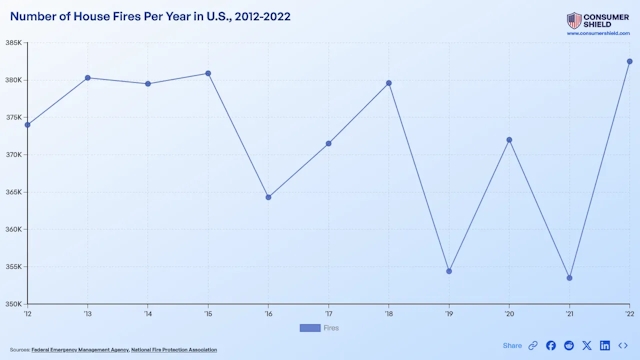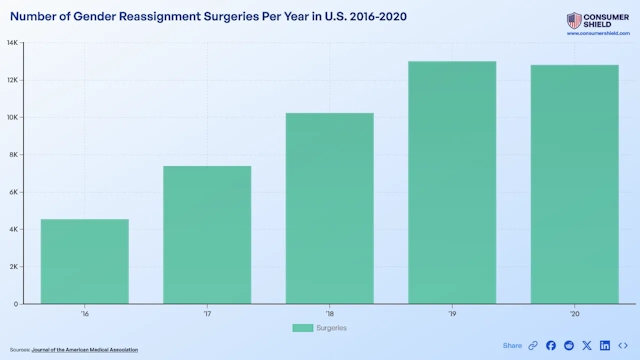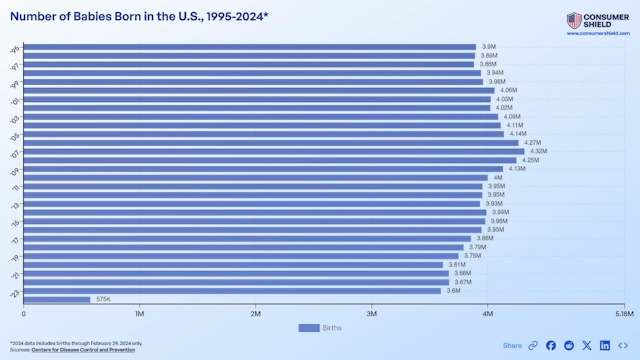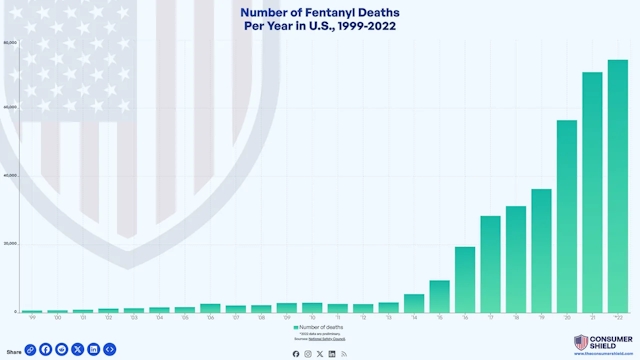Drivers Cell Phone Use While Driving Trends
From 2013 to 2022, the percentage of drivers in the U.S. using cell phones while driving showed a general decline, from 4.6% in 2013 to 2.1% in 2022. Despite a slight increase in 2018, the overall trend indicates a reduction in distracted driving behavior. This suggests increased awareness and possibly the impact of stricter laws and safety campaigns aimed at reducing cell phone use behind the wheel.
Understanding the Risks
Far from a mere distraction, texting while driving is a severe threat to road safety. The National Highway Traffic Safety Administration (NHTSA) reports that texting while driving is six times more likely to cause an accident than drunk driving. This behavior splits a driver's focus, leading to delayed reactions and poor judgment, often with catastrophic outcomes, including injuries and fatalities.
Alarming Statistics
One of the most pressing questions surrounding texting and driving is - How many people die from texting and driving? The statistics are alarming, painting a grim picture of the consequences of this reckless behavior. The Centers for Disease Control and Prevention (CDC) reports that distracted driving, including texting, leads to approximately nine deaths and over 1,000 injuries every day in the United States alone. The NHTSA further reveals that in 2018, distracted driving was responsible for a staggering 2,841 fatalities. These numbers serve as a stark reminder of the urgent need for action to address this growing problem.
- Overall Trend: The data shows a fluctuating but generally stable trend in the number of deaths over the years, with occasional spikes. For instance, there was a noticeable increase in 2015 and again in 2021.
- Regression Analysis: The linear regression model suggests a very slight downward trend moving into 2022 and 2023. However, the slope of the regression line is quite shallow, indicating that the decrease is not substantial.
- Interpretation: The predicted decrease might suggest a gradual impact of increased awareness, stricter law enforcement, and technological advancements aimed at reducing texting and driving. Yet, the minor decline also implies that this remains a significant issue needing continued attention.
- Limitations: It's important to note that linear regression provides a simplified view and may not account for all factors influencing these trends, such as changes in laws, social campaigns, or technological innovations in vehicle safety.
Legal and Financial Repercussions
Addressing the serious nature of texting while driving, various states and countries have implemented stringent laws. These laws serve as a deterrent by imposing penalties, which can range from fines to license suspension. One common question that arises is, How much is a texting and driving ticket? The cost of such a ticket can vary from $50 to $1,000 and more, based on the jurisdiction but generally involves substantial fines, often accompanied by increased car insurance premiums. This financial burden, coupled with legal consequences, underscores the seriousness with which authorities treat texting and driving.






